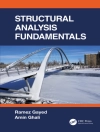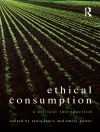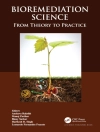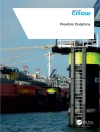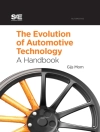NASA is aware of the potential toxicologic hazards to crew that might be associated with prolonged spacecraft missions. Despite major engineering advances in controlling the atmosphere within spacecraft, some contamination of the air appears inevitable. NASA has measured numerous airborne contaminants during space missions. As the missions increase in duration and complexity, ensuring the health and well-being of astronauts traveling and working in this unique environment becomes increasingly difficult. As part of its efforts to promote safe conditions aboard spacecraft, NASA requested the National Research Council to develop guidelines for establishing spacecraft maximum allowable concentrations (SMACs) for contaminants and to review SMACs for various spacecraft contaminants to determine whether NASA’s recommended exposure limits are consistent with the guidelines recommended by the committee.This book is the fifth volume in the series Spacecraft Maximum Allowable Concentrations for Selected Airborne Contaminants, and presents SMACs for acrolein, C3 to C8 aliphatic saturated aldehydes, C2 to C9 alkanes, ammonia, benzene, carbon dioxide, carbon monoxide, 1, 2-dichloroethane, dimethylhydrazine, ethanol, formaldehyde, limonene, methanol, methylene dichloride, n-butanol, propylene glycol, toluene, trimethylsilanol, and xylenes.
Board on Environmental Studies and Toxicology & Committee on Spacecraft Exposure Guidelines
Spacecraft Maximum Allowable Concentrations for Selected Airborne Contaminants [PDF ebook]
Volume 5
Spacecraft Maximum Allowable Concentrations for Selected Airborne Contaminants [PDF ebook]
Volume 5
Beli ebook ini dan dapatkan 1 lagi GRATIS!
Bahasa Inggris ● Format PDF ● Halaman 406 ● ISBN 9780309128452 ● Penerbit National Academies Press ● Diterbitkan 2008 ● Diunduh 3 kali ● Mata uang EUR ● ID 7141134 ● Perlindungan salinan Adobe DRM
Membutuhkan pembaca ebook yang mampu DRM


